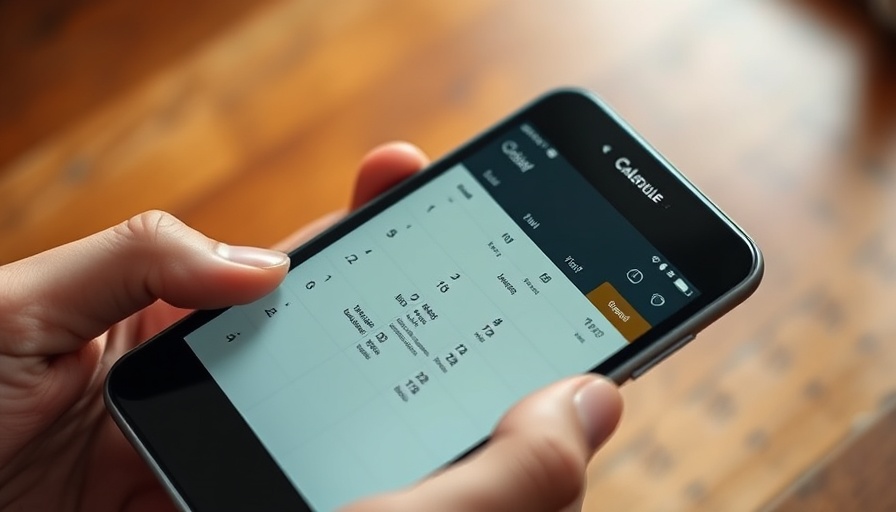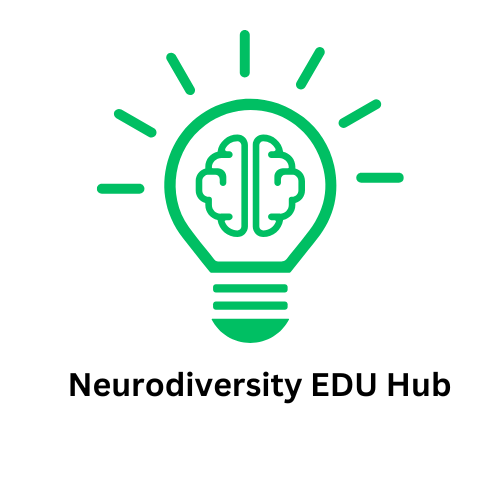
Transforming Your Calendar into a Tool for Success
For many adults with ADHD, using a calendar can feel more overwhelming than helpful. Yet, it doesn't have to be this way. By adopting some practical strategies that cater to unique needs, we can harness the power of calendars to support our energy, prioritization, and follow-through. In this article, we'll explore innovative calendar strategies designed specifically for those affected by ADHD.
Understanding the Unique Challenges of ADHD
To create effective calendar strategies, it's crucial to understand the particular challenges faced by individuals with ADHD. Many struggle with decision fatigue, which can turn even the simplest planning tasks into monumental tasks that drain energy. Features such as missed reminders and the overwhelming accumulation of tasks in one calendar can lead to feelings of defeat and chaos. Knowing these challenges allows for building an adaptable calendar system that respects each individual’s needs.
Why Separate Tasks and Events in Your Calendar?
A key takeaway from discussions on using calendars effectively with ADHD is the importance of differentiating between task management and time management. A calendar should serve primarily as a scheduling tool to remind you of appointed times—whether it’s meetings, appointments, or essential tasks that must occur at specific times. This separation allows tasks to live in a centralized platform, such as a digital task manager or a dedicated planner, freeing up the calendar to focus purely on commitments and time blocks.
Weekly Reviews: Your Roadmap to Further Clarity
A weekly review is an innovative way to check in with your calendar and task planner. Not only does it provide clarity on what needs to be done in the upcoming week, but it also lets you assess your priorities and adjust your plans accordingly. Setting aside time each week to reflect on accomplishments, reassess overlapping commitments, and tweak your calendar ensures it's a living resource that adapts to your evolving needs.
Color-Coding: Adding Visual Ease to Your Calendar
Visual cues are powerful allies in navigating the information overload that often comes with ADHD. By incorporating color-coding and icons into your calendar entries, you can transform your calendar into a visually engaging toolkit. For example, use different colors for various categories—appointments, personal time, or work tasks—making it easier to spot what’s on your plate at any given moment.
Meet the Concept of Buffer Times
Including buffer times or periods of downtime in your calendar can significantly lower stress levels. By anticipating the ebb and flow of our days, we can create a more realistic view of how much we can take on. This practice not only helps in managing schedules but also provides necessary breathing room that can promote better mental clarity and focus.
Building a Personalized Calendar System
Ultimately, the best calendar system is one that resonates personally. It's about discovering what methods and strategies align with the way you think and operate. Feel free to experiment—try different layouts, software programs, or physical planners until you find the setup that feels just right for you. Remember, it’s okay to tweak based on your unique preferences; the goal is to make calendars work for you, not dictate how you should live.
In conclusion, the journey of adapting a calendar system to work with ADHD isn't just about organization—it's about creating a life that is less stressful and more productive. By applying these actionable strategies, you can reclaim the power of your calendar and reduce overwhelm. So, if you haven’t yet created a calendar system tailored to your unique needs, take the first steps today and see the positive effects it can have!
 Add Row
Add Row  Add
Add 




Write A Comment